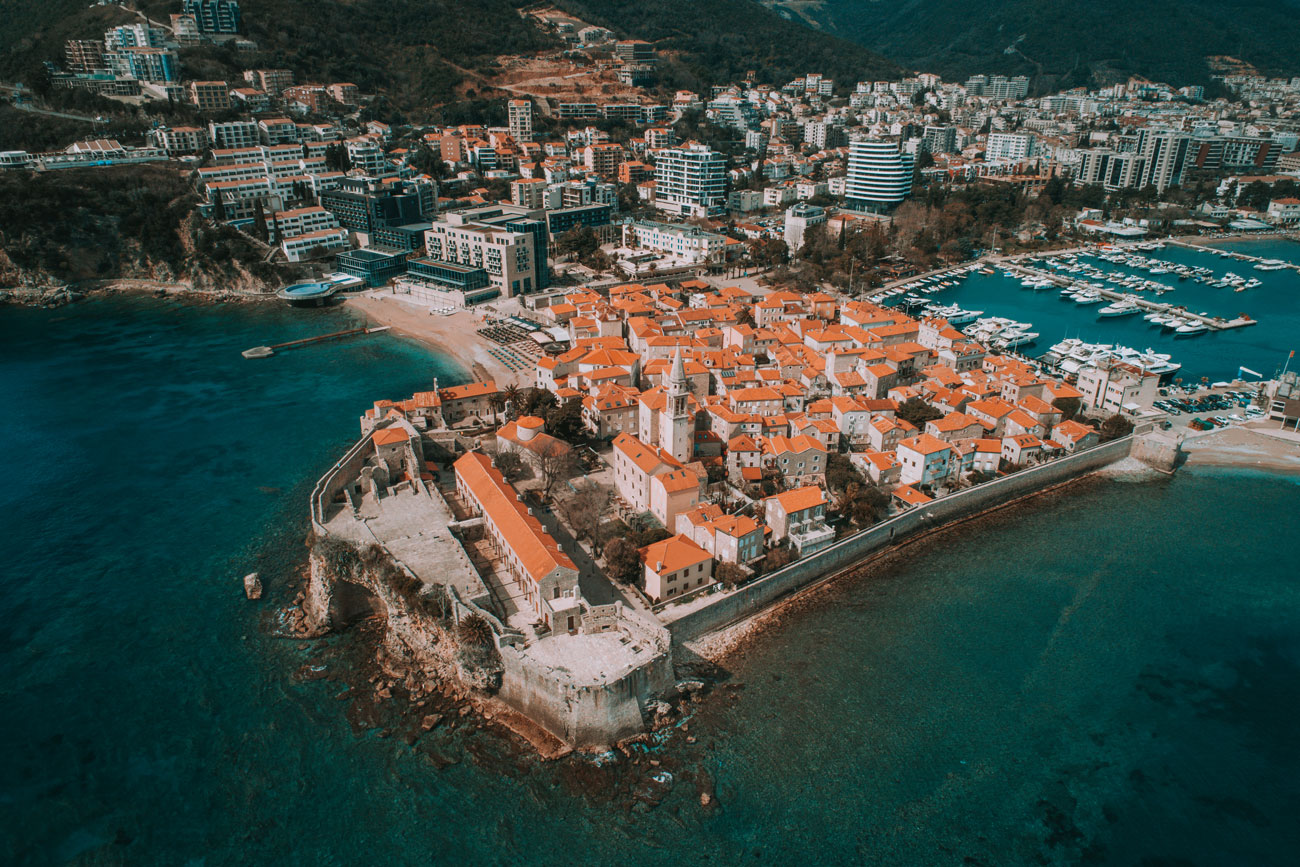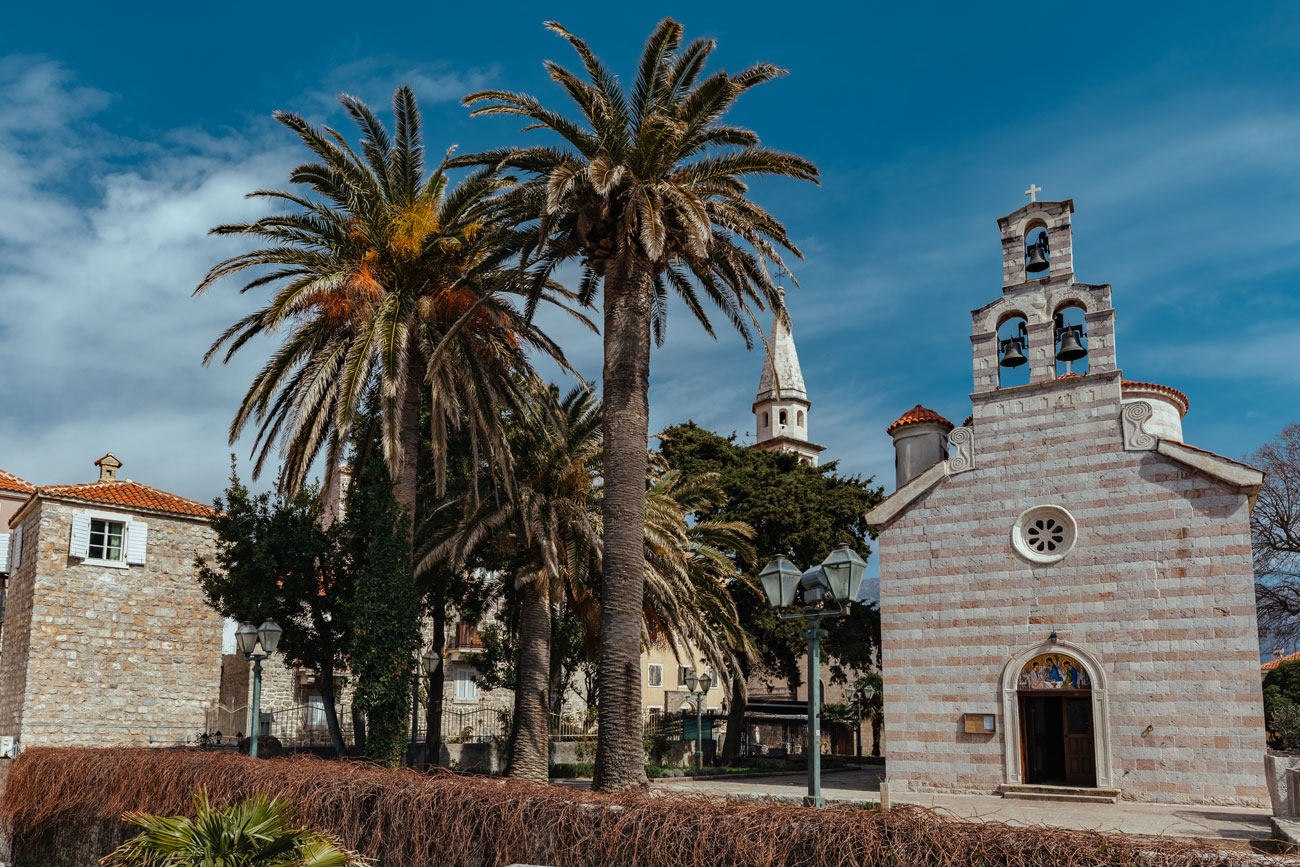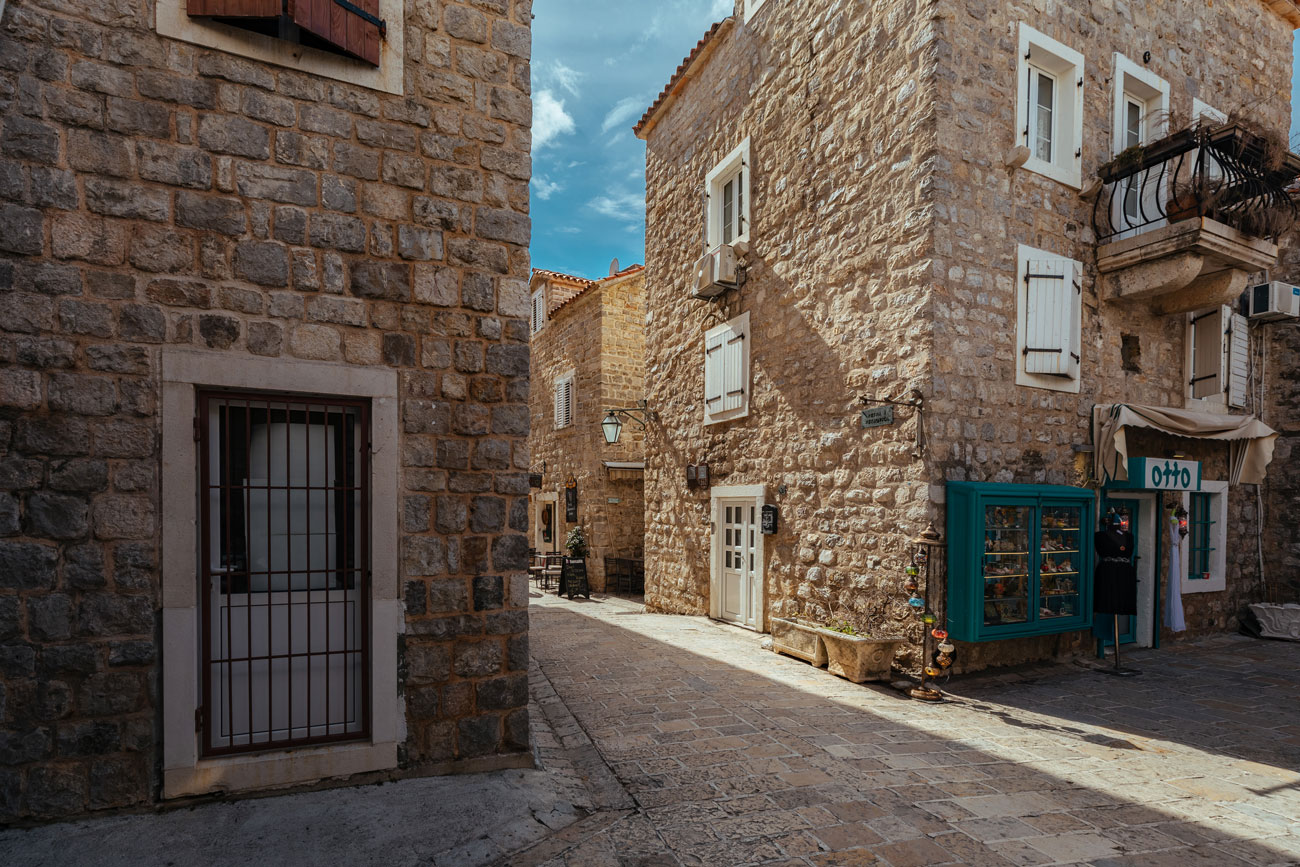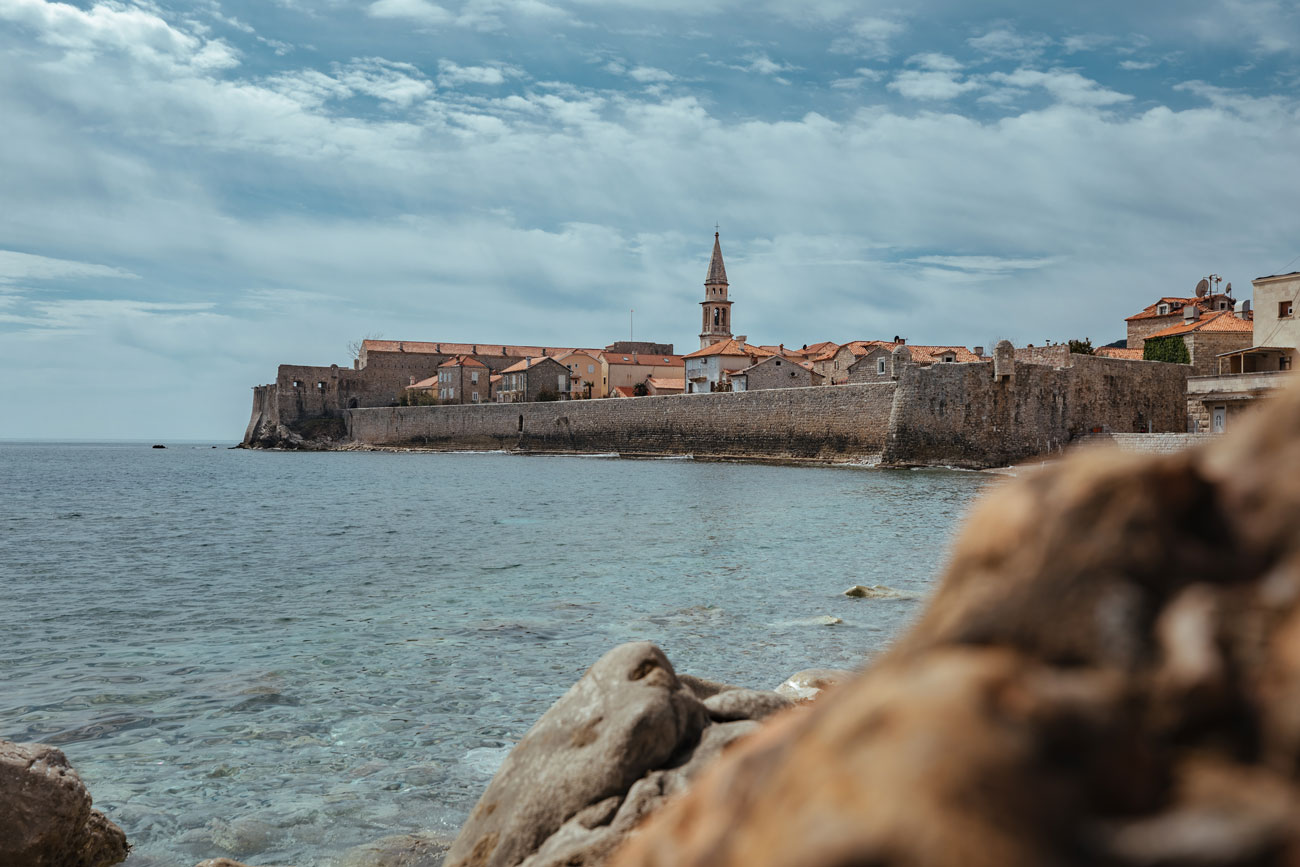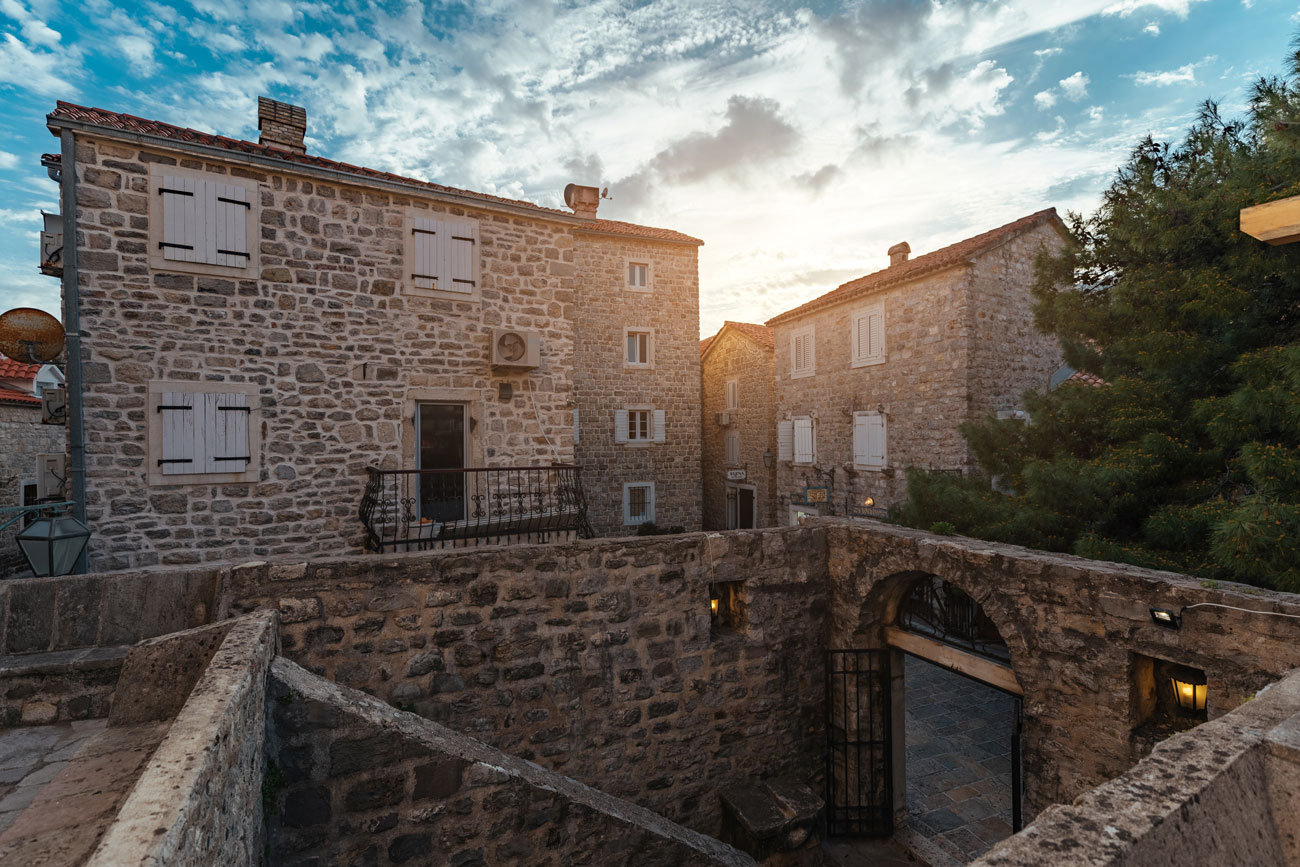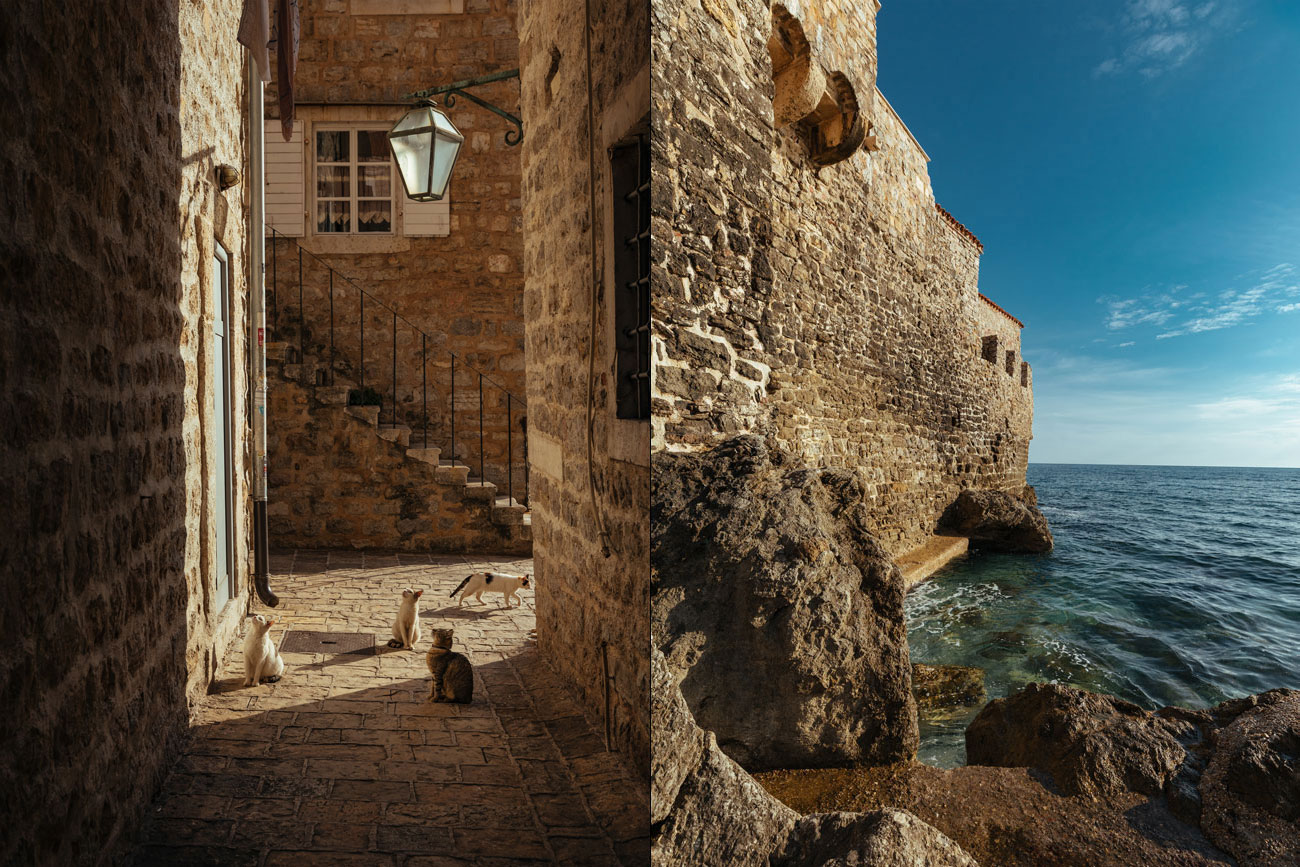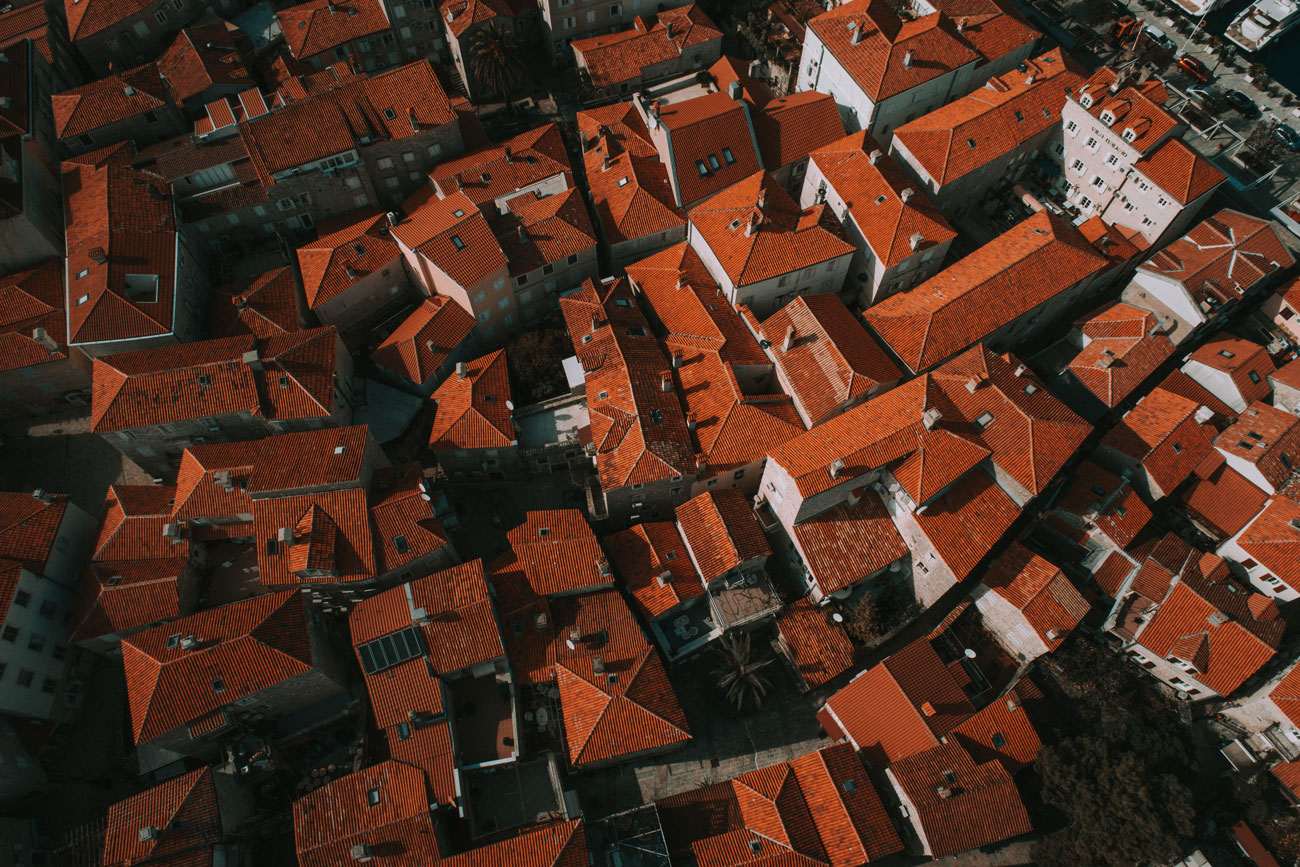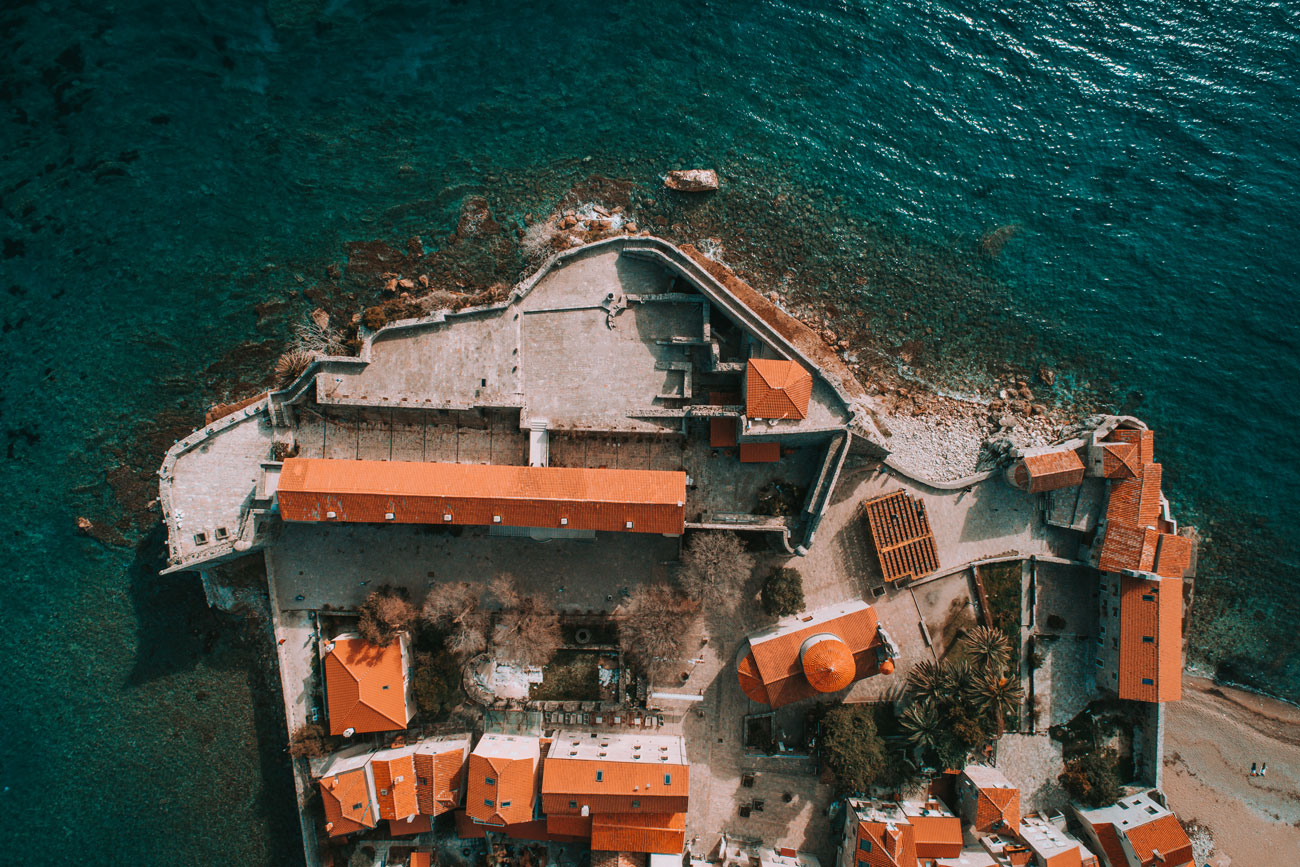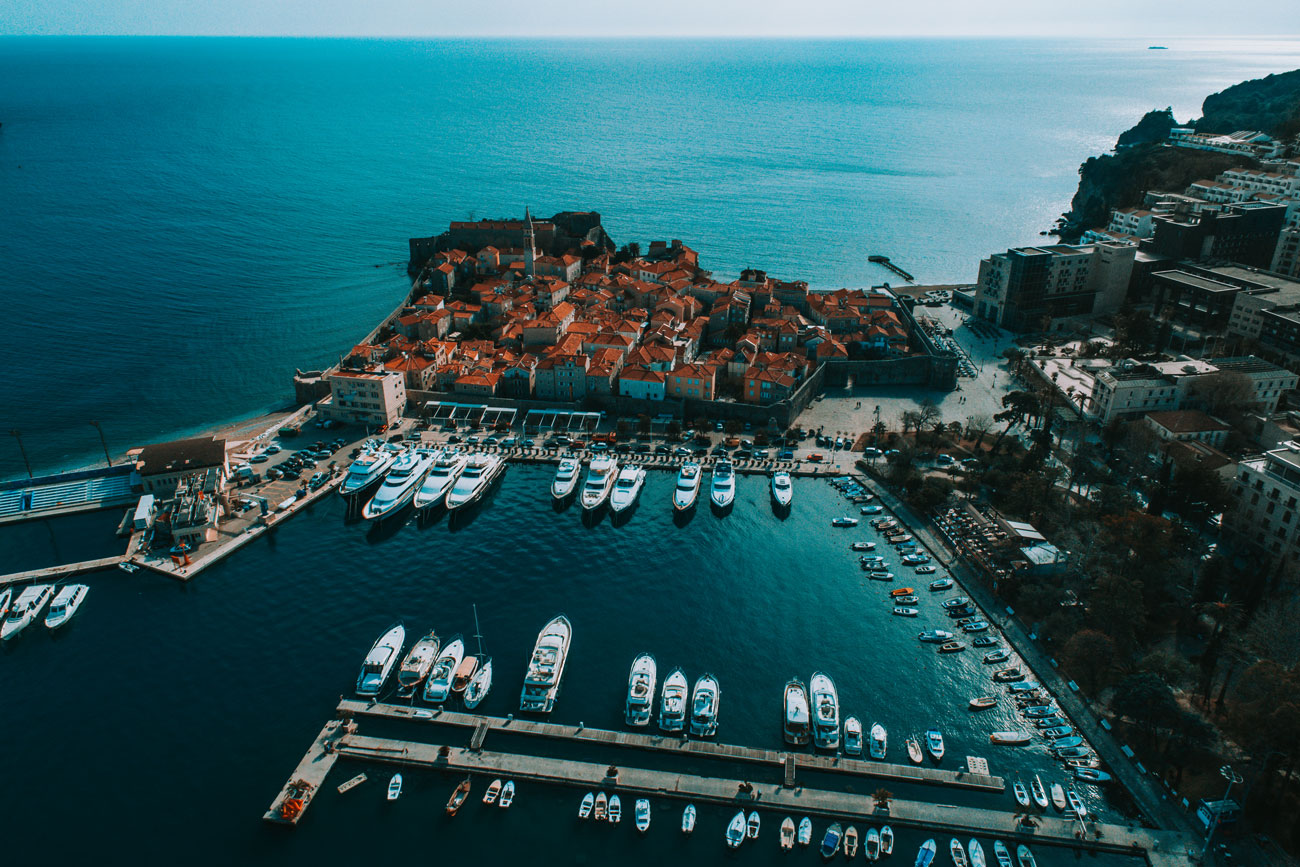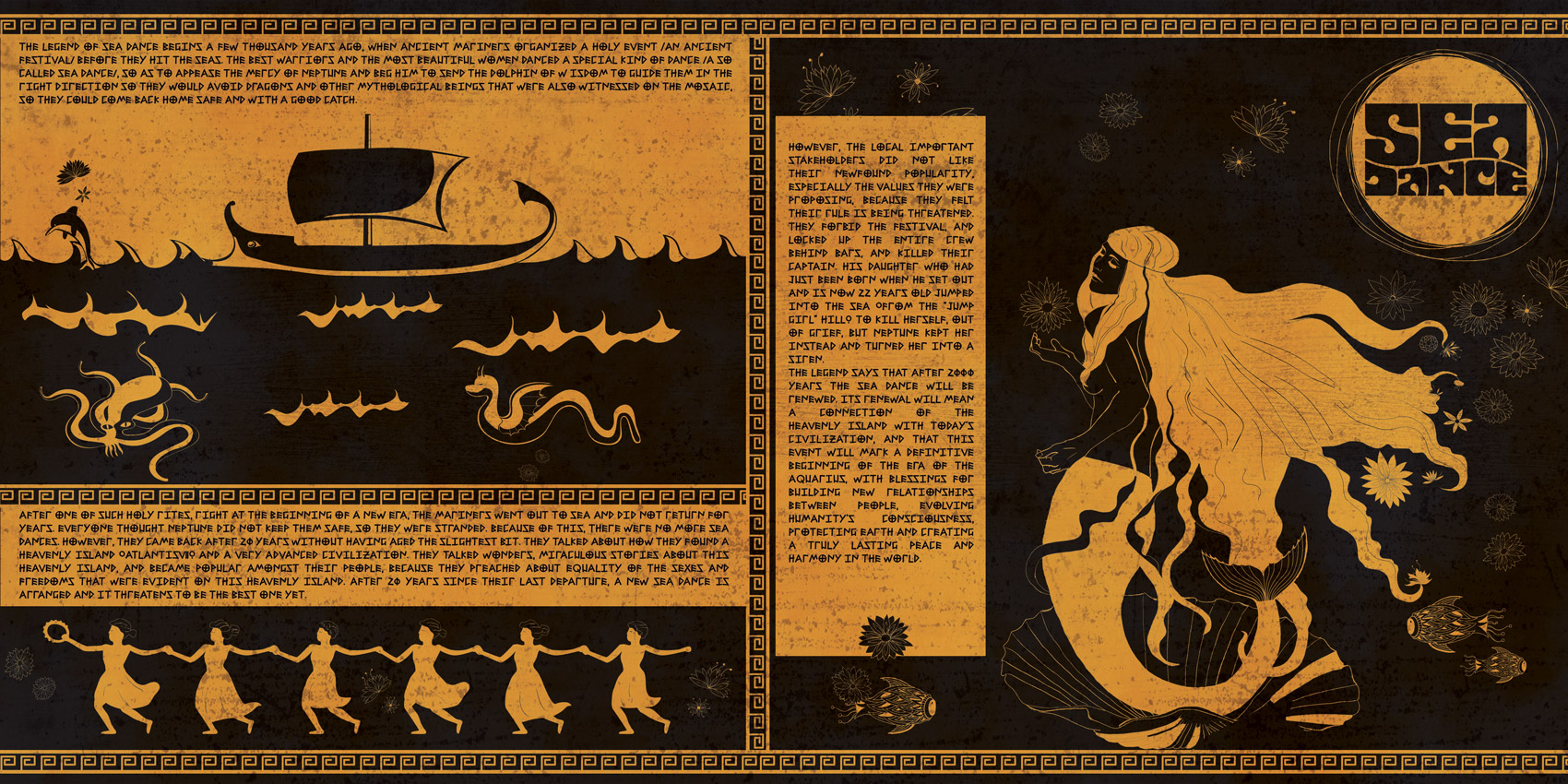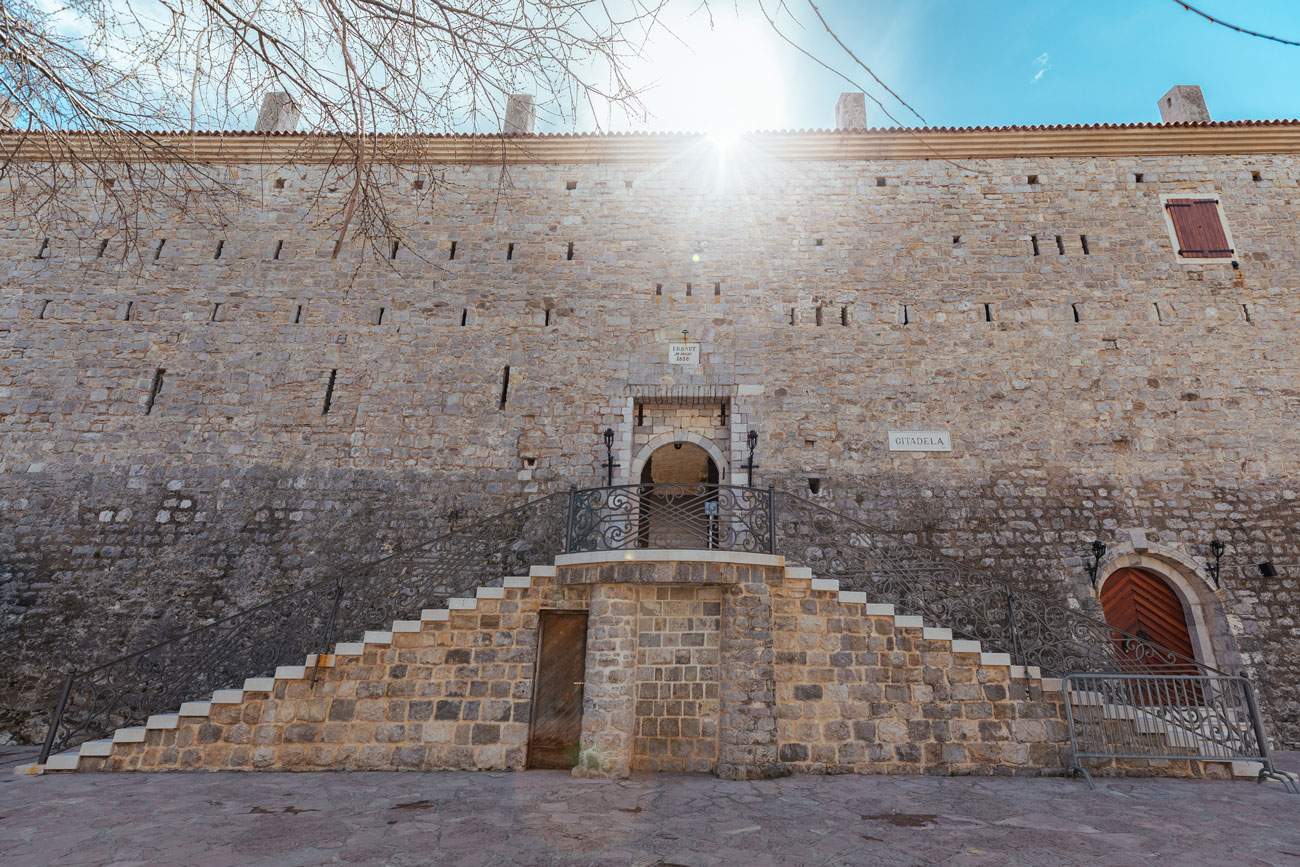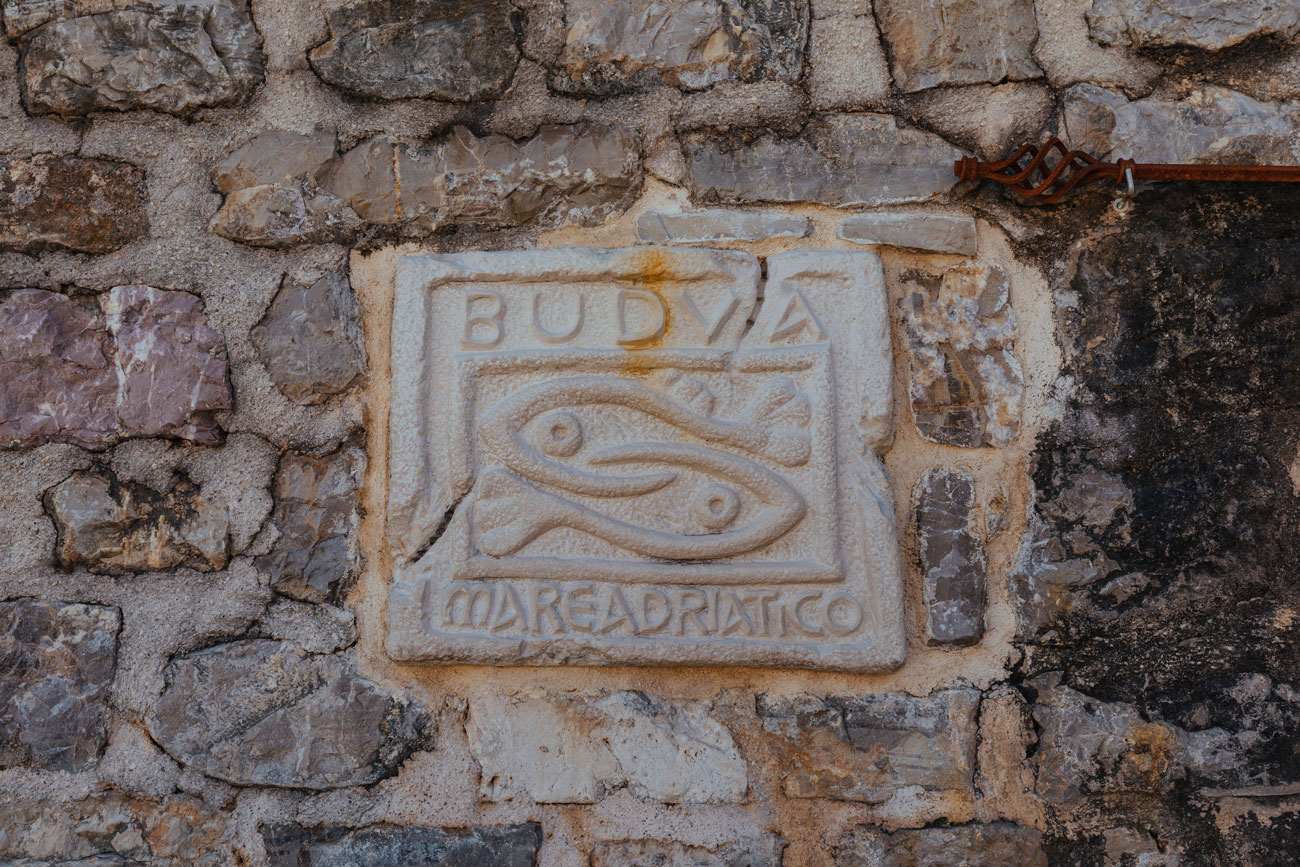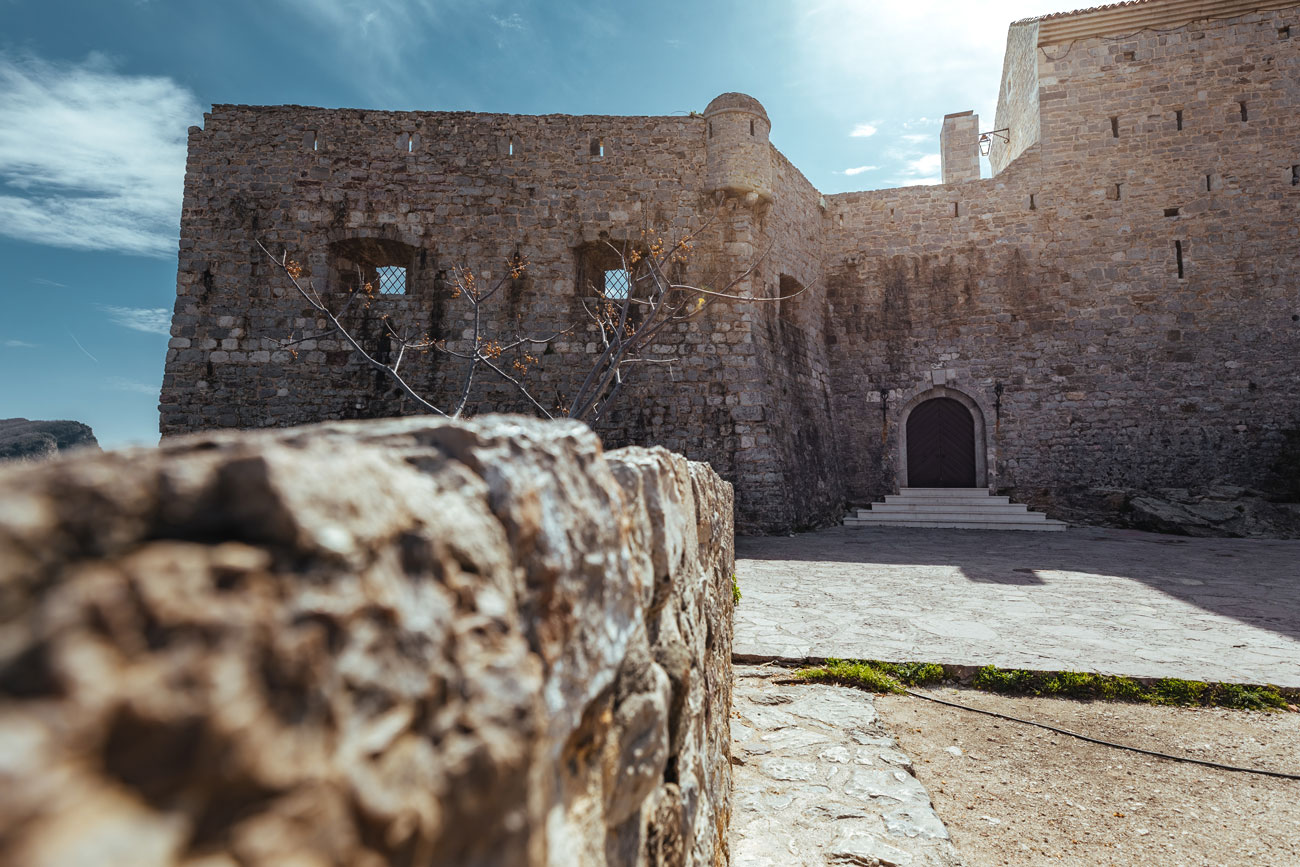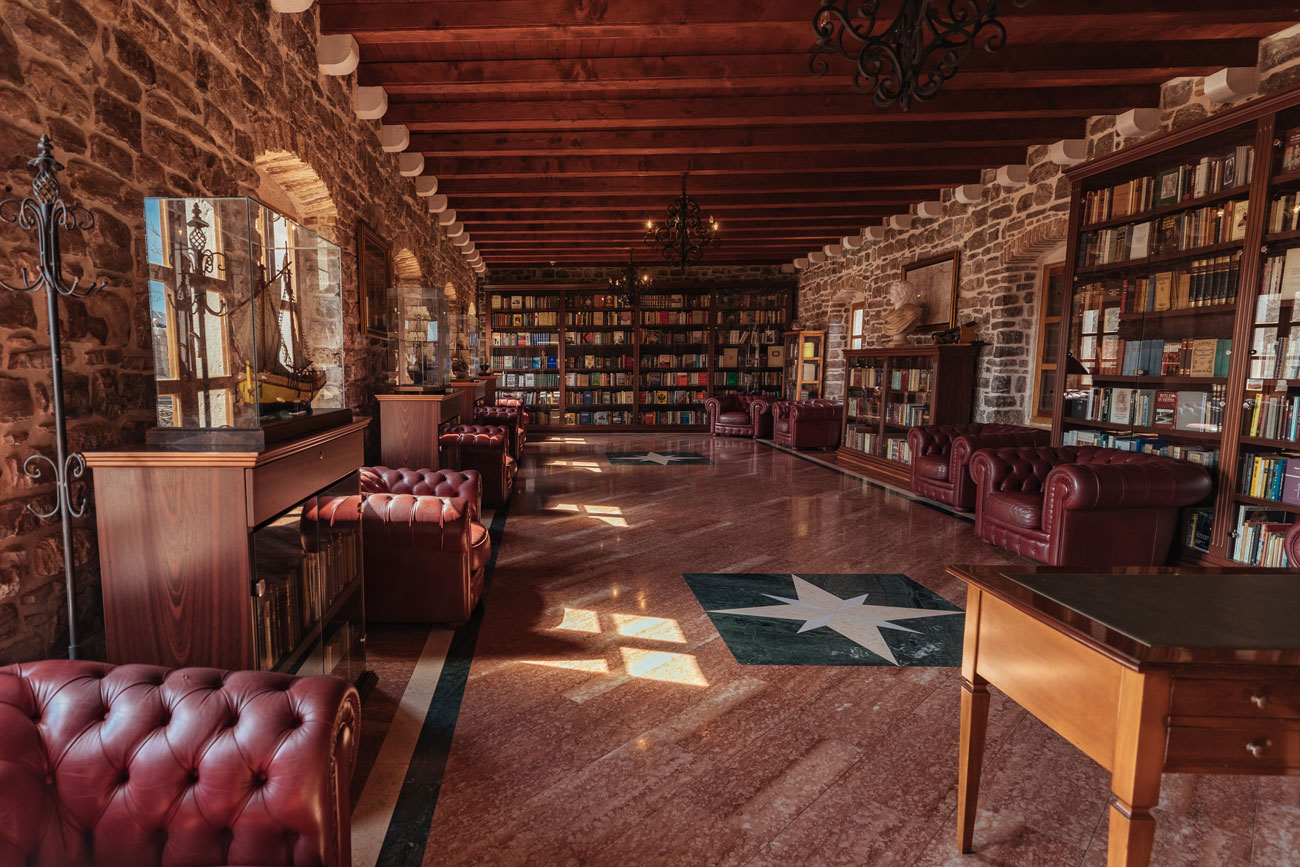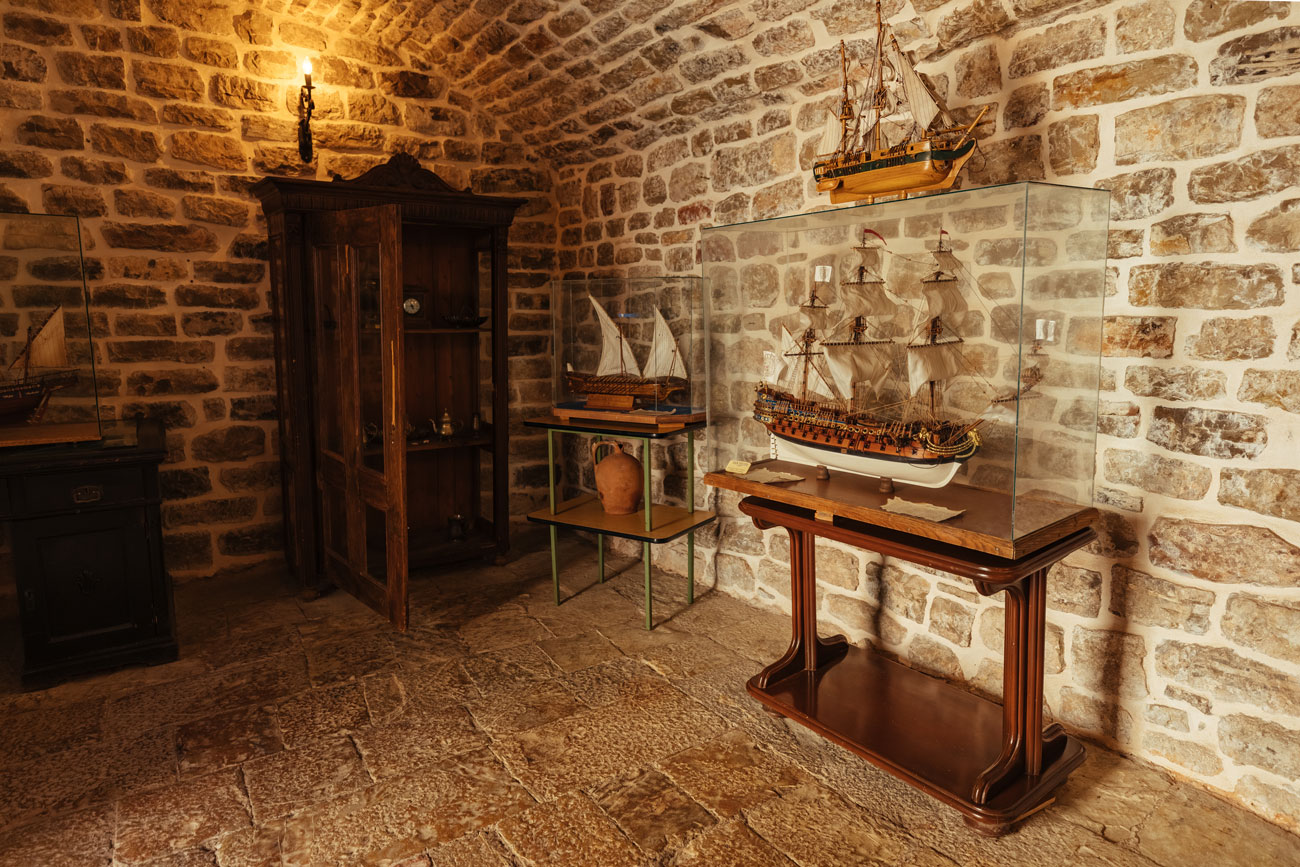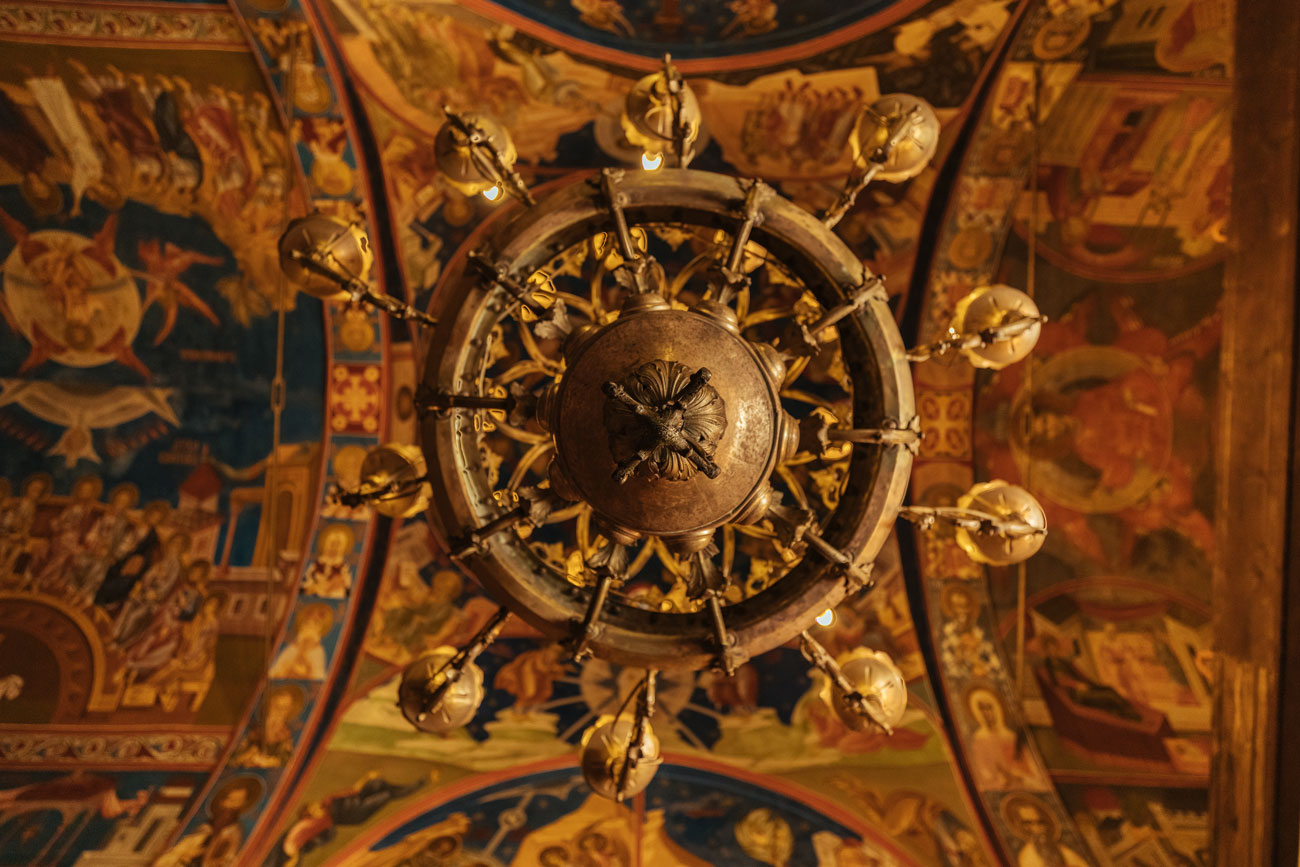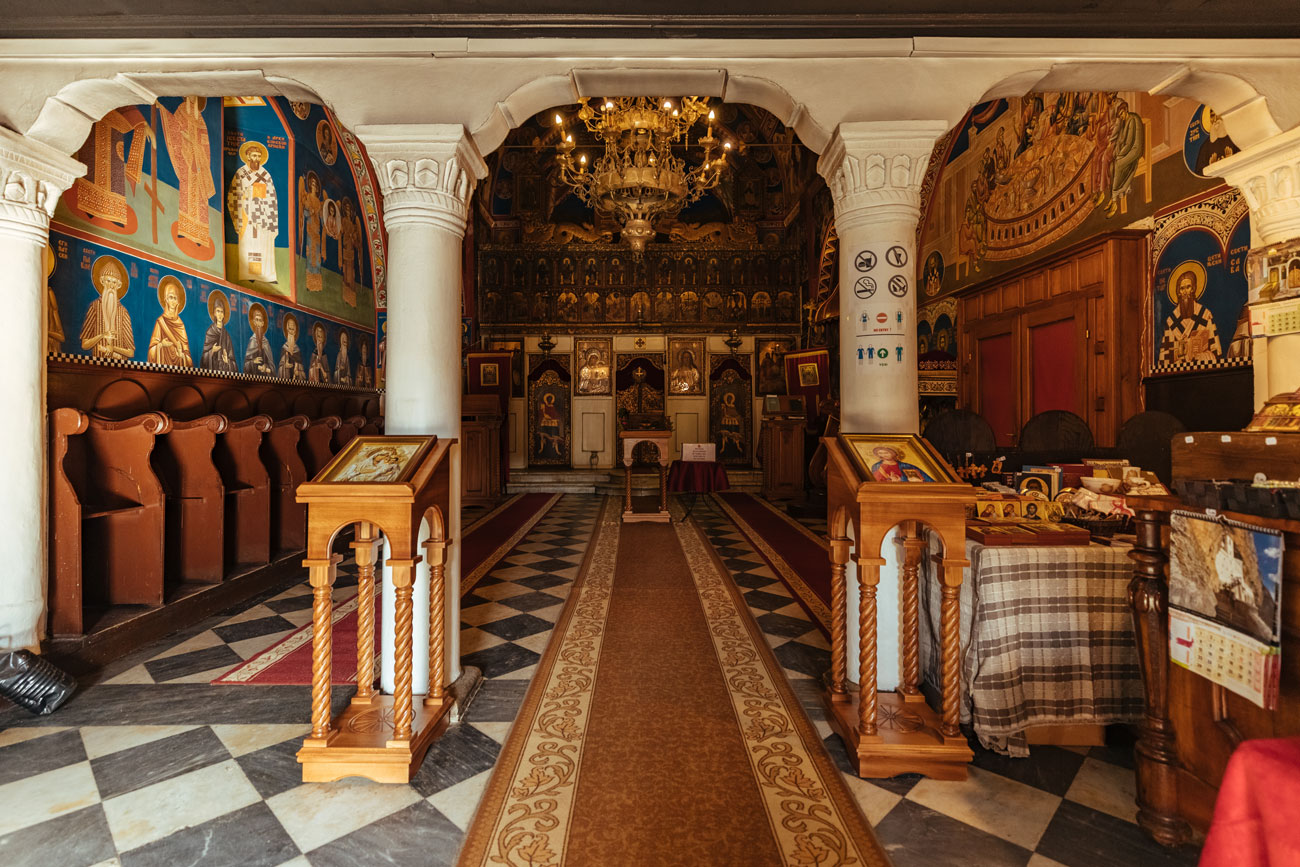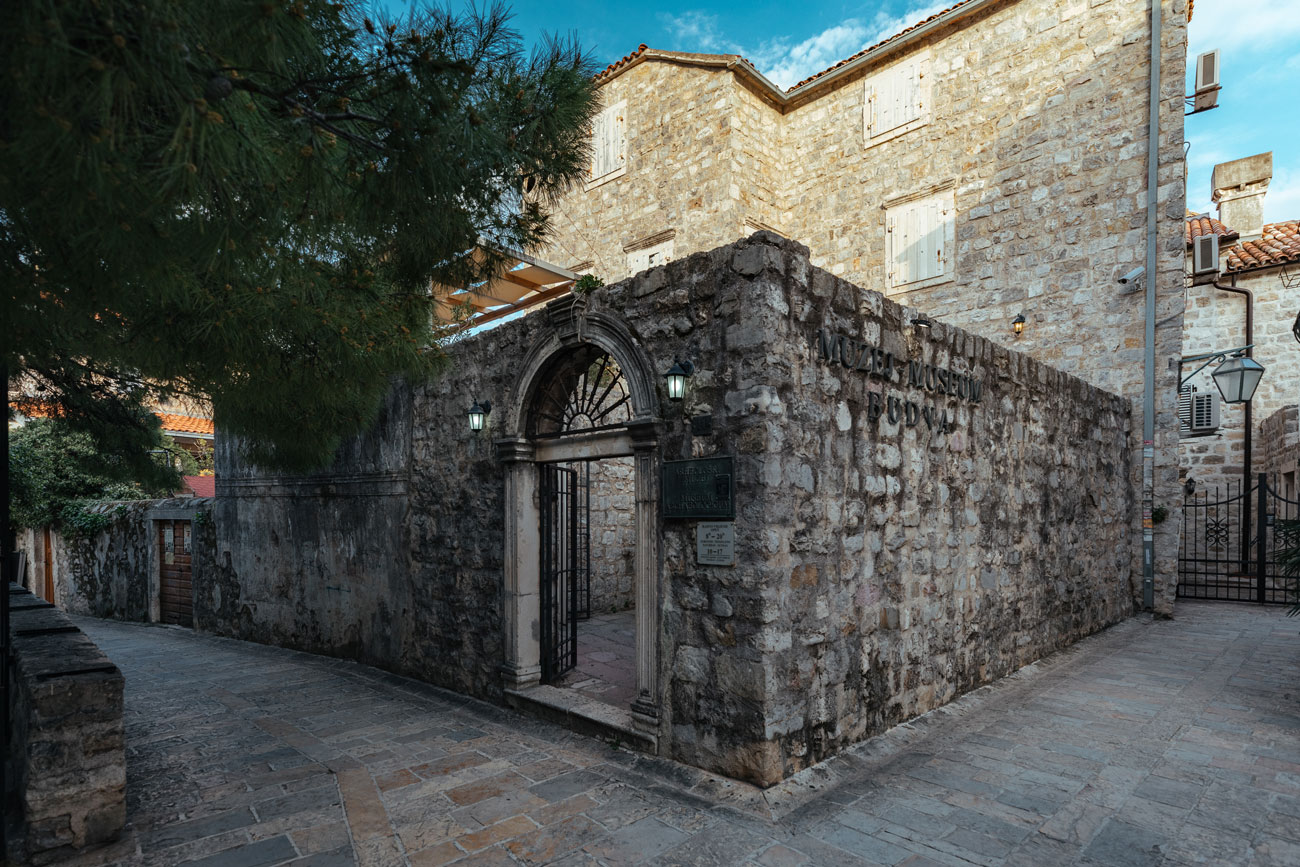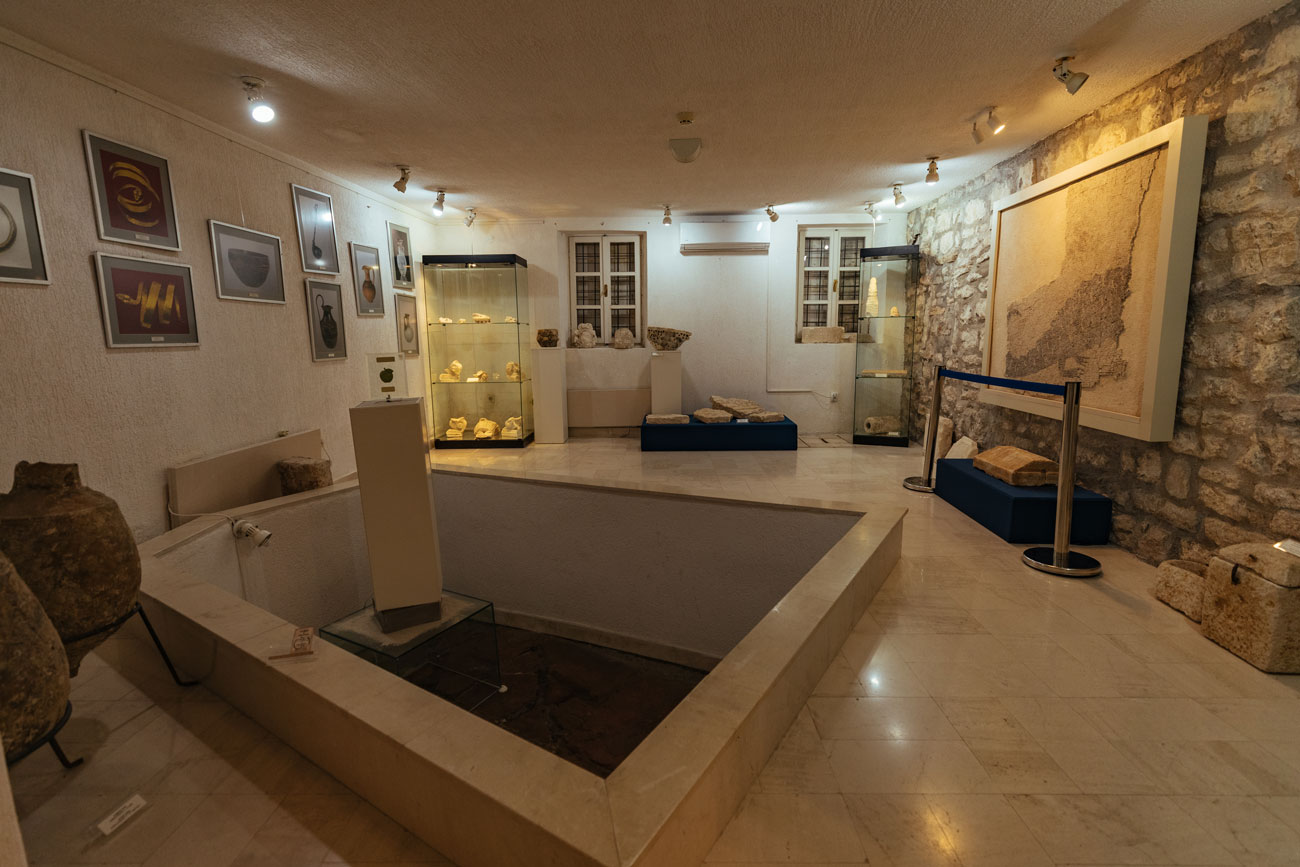Beneath the vibrant life lies the secret of how the European civilization came to existence. It’s waiting for archaeologists and open-minded people to use tablets to interpret the past and the future.
Many generations ago, young Cadmus was left with no choice: he couldn’t return home. He searched for his sister Europa, kidnapped and hidden by Zeus, all across the Mediterranean Sea, but to no avail.
The natives gave him a wife, blonde Harmonia, daughter of Ares and Aphrodite. He also received secret Thracian knowledge of writing and metal processing, as well as of the unworldly. He vowed at secret rituals to share his knowledge only with those worthy of it. He started a great family line – his daughter was Semele – Earth, and his grandson Dionysus. It seemed as if everything was coming up roses.
However, he took a wrong path when he founded the city of Thebes in Boeotia and slew a dragon, whose teeth he sowed in the ground, from which there sprang the Spartans. He became a true hero, a demigod. The price of his success was the curse placed by divine forces onto his whole family, as a punishment for killing the sacred dragon.
Cadmus and Harmonia were never to find peace. They wandered from Samothrace on the coast of the White Sea, where they got married, to Thebes, from where they were expelled because of the curse. Their next stop was Ohrid Lake, where they also founded a town, spend some time near Shkodër Lake and ended up in Budva, where in their old age they created Illyrians by combining the Snake and Eel people and transferred their divine knowledge onto them. They merged Thracia, Illyria and Greece into one ancient civilization, but the consequences are still present in the modern one.
When the moment came, our heroes left this world in the form of serpents. The tradition of Sea dance exists in memory of them.
Cadmus knew… Temptations humanise us, sufferings make us great.
Legends related to the Old Town of Budva and the region
Legend about how Budva was established – Cadmus and Harmonia
The area where Budva was established and its first inhabitants, the Encheleans, are closely connected to the fate of one of the most famous characters from mythology, Cadmus, founder of Thebes, Europe’s brother, father of Semele, grandfather of Dionysus – who is mythically connected with the development of literacy and metal (bronze) processing in southeast Europe and east Mediterranean. There were two people with the same name in the Aegean tradition: the younger one, Phoenician by origin, and the older one, whose life is connected with the Thracian and Pelasgian culture, which was present in the Aegean area for several generations before the Trojan War. Gods gave him Harmonia, blonde daughter of Ares and Aphrodite, from the island of Samothrace to be his wife. In his old age, Cadmo and his faithful wife left Thebes and finished their long wonderings in Budva, among the Encheleans.
Legend has it that Cadmus was a son of Phoenician king Agenor and queen Telephassa. Their legend, and the legend about how Budva was established, relies on the myth related to Europa. Namely, the Balkan mythology suggests that Europa was Cadmus’ only sister and that she was kidnapped by Zeus, transformed into a white bull, who had fallen in love with her. Acting upon his father’s orders, Cadmus and his brothers started looking for Europa and were ordered not to return without her. Not knowing where the while bull was heading, each of the brothers went in different direction. Cadmus sailed towards the island of Rhodes, wandering for a long time without success, because Zeus had hidden her well.
Having lost every hope he would find Europa, but being afraid to return home without her, he decided to stay on a foreign territory, where he founded the town of Thebes in Boeotia, a region lying to the northwest of Athens. The Olympian gods gave him a beautiful, blonde girl, called Harmonia, daughter of king Ares and goddess Aphrodite, to be his wife. All Olympian gods attended their wedding and bestowed great richness on the couple. It was then that Cadmus become one of the most powerful and wealthiest Greek kings.
In his old age, worn out by great tragedies, Cadmus left Thebes with Harmonia. There are two versions of the story about why they had to leave Thebes. The first one claims that in his very old age, he had to abdicate in favour of his grandson Pentheus. On the other hand, another version says that he had to leave Thebes because gods were angry with him because he had slayed their dragon.
Cadmus and Harmonia reached the land of the Encheleans (eel people) on an ox cart and he established the town of Butoe (present-day Budva). It was foretold that the Encheleans would beat their neighbours, the Illyrians, if they chose an outsider as their leader. When they did, Cadmus beat the Illyrians and established rule over their territories. In this new kingdom, Harmonia gave birth to their son Illyrius. Soon, the unification of the Encheleans and the Illyrians led to their assault on Greece and the powerful army was winning battle after battle until they tried to plunder the Temple of Apollo in Delphi. The army suffered great losses, but Cadmus and Harmonia were saved, because that was the will of gods. When they returned to the Adriatic shore, Cadmus realised that all the tragedies were actually his punishment for slaying Ares’ dragon, which he did in his youth. Therefore, he asked the gods to turn him into a snake. Harmonia wanted to remain by her ill-fortuned husband’s side and share his fate. Embraced in a shape of black snakes with blue spots, they vanished in a nearby grove full of scents. Being chosen by the gods, they have been enjoying the eternal bliss ever since, among roses and pomegranates, constantly refreshed by a gentle breeze. The groves similar to the one from the legend have become shrines of Cadmus and Harmonia and can be found all around Budva.
This is not the end of legends on the connections between Thebes and the Adriatic. Seven generations after Cadmus’ death, Thebes was destroyed by the Argive army. The defeated descendants of Cadmus, the Cadmeans, crossed the Balkan mountains and headed towards, in order to seek refuge among the Encheleans, thus creating the Cadmean road (via Cadmeia), which connected the Aegean world with the east coast of the Adriatic.
Apart from the original legend about the death of Cadmus and Harmonia, there are a few more legends about the location of their graves. Roman sources mention the Colhians (Greeks) inhabiting “an Illyrian river, dark and deep, where the graves of Cadmus and Harmonia are”, in the area ruled by the Encheleans. Since the Bojana River, from the Bay of Kotor to Durrës, is the only true tributary of the Adriatic Sea, some believe that their grave is close to this river. This claim is “supported” by the presumption that the present-day Ulcinj was formally known as Colchinium, since it was established by the Colchinians. So, the graves of Cadmus and Harmonia could be in the valley of the Bojana River. Others believe that the “Illyrian river” is actually the Bay of Kotor.
However, there is another version of this legend, which says that Cadmus and Harmonia, disappointed that Dionysus, their nephew, conquered Thebes, set sail to the Illyrian coast where they lived happily on “the Isles of the Blessed”. They were buried on one of those isles. The story says that their images in the shape of stone snakes hover above their graves. Other stories suggest that the island St. Nicholas is actually one of “the Isles of the Blessed”.
On the other hand, ancient geographer from IV century BC, Pseudo-Scylax, gave a detailed description of the Adriatic coast, mentioning the rocks of Cadmus and Harmonia, which could symbolise their graves. Unfortunately, he failed to reveal the precise location.
The legends about Cadmus and Harmonia have sustained the test of time and have become parts of other myths told by the locals. Since the time of the Illyrians, many stories and cults related to snakes have been preserved in some parts of the Montenegrin coast.
Naturally, we should bear in mind that these legends don’t follow the well-established timelines and confirmed facts (the Encheleans belong to the Illyrians), that in other legends Cadmus’ son Illyrus is seen as the father of all Illyrians, while other sources mention the Encheleans (and Cadmus, as well) in the area around Ohrid
The name of the town of Budva
The legend about Cadmus and Harmonia is not only related to the legend about the establishment of Budva, but also to the one related to its name. There are several versions of how the town got its name and they have all been written by Greek, Roman and Byzantine chroniclers.
The first and most commonly cited legend says that Budva got its name because Butoa, town in Illyria, was named that because Cadmus used an ox cart to reach the town and quickly covered the distance. Another version says that Cadmus named the town after the Egyptian town Buti, corrupted to Butoa. A third version connects the name of the town to the name of oregano grass Butes.
All these attempt to deal with the etymology of the town’s name are most likely nothing but copied and made-up stories by ancient writers. Today, archaeologists believe that ancient Budva was originally a settlement of natives, which had the Enchelean name of Butua, which was later interpreted using similar Greek words because of the connections with Cadmus.
Legend about the Tunja shoal
A legend about Serbian Prince Rastko Nemanjić, i.e. St. Sava, is connected with the story about how the Tunja shoal, in front of Budva, between the Slovenska beach and the isle of St. Nicholas, came to existence. Namely, when leaving for the Holy Land to visit Christ’s grave and other holy places in Palestine, archbishop Sava was supposed to board a galley in Budva. However, there was a heavy thunderstorm and the ship couldn’t dock at Budva. So, Sava threw a handful of stones in the sea to create a road through shallow water. He then trod, followed by his students and entourage, to the island where he boarded the ship and sailed to the Holy Land. This legend about how the shoal came about is connected with the time when St. Sava on two occasions (in 1229 and 1234) sailed from Budva to the Holy Land.
Legend about Mogren the sailor
The Mogren beach, definitely one of the most beautiful on the Budva Riviera, is closely related to a legend about a sailor-castaway whose name was Mogren. Since some pirates had sunk a Spanish galley, the waves brought the sole survivor to the shore. As a sign of gratitude, the sailor built the church of St. Anthony, dedicated to a renowned Franciscan and Catholic saint St. Anthony of Padua, who was born in Lisbon and died in Padua. Each year on the St. Anthony’s Day (13thJune) there was a mass at the same location, attended by believers who would use boats to get there from Budva. Since the church was too small to accommodate all believers, the mass was held at beach where Mogren the sailor escaped death. It’s worth noting that some citizens whose families have been living in Budva for generations still do not swim in the sea before 13thJune.
The Lady of Budva – Madonna in Punta
In the area of the main altar of the Santa Maria in Punta church, they used to keep, since time immemorial, the icon of the Mother of God, so-called “the Lady of Budva”, famous for its miracles, with the inscription in Greek “the Great Panagia” (All Holy). In 1807, just before the French siege, it was transferred to the Church of St. John the Baptist, where it is still kept. It is carried at all Catholic processions and especially revered by believers of both Christian confessions and it has always been believed to protect and guard the Old Town of Budva from all evil and misfortune, especially the plague and pirates’ attacks. This old icon of the Mother of God with Christ, called “Madonna in Punta“, was painted using temperas on a wooden plank. Opinions are divided on the exact period when it was created. It is supposed that the icon was made in 12thor 13thcentury in Greece or south Italy.
There are several legends regarding its arrival to Budva. One suggests that the Santa Maria in Punta church was built at the location where the Benedictines from the Lady of Ratac monastery presented the Christians with the icon of the Mother of God. Equally interesting is another legend, which mentions people with long beard and long hair, originally from Spain, who disembarked a strange galley that appeared out of nowhere in Budva, took out the icon and left it on a headland with two lit candles. They wished to check if there were any Christians in the town and believed that if there were, they would accept the icon. Since the icon was accepted by local Christians, the church was later built on the location where the icon had been left.
Holy Sunday
There is also a legend related to an islet close to Petrovac, Holy Sunday, named after a church built on it islet. According to the legend, this old church was built by a Greek sailor who found salvage after a shipwreck on the islet. Also, during the assaults of the Ottoman army, the local from Lastva, just like King Radoslav and sailors-castaways before, sought refuge on Katich and Holy Sunday. These two islets have often provided shelter to those who, for various reasons, needed one.
Skočiđevojka (Maiden’s Leap)
A tragic poem from the end of 15thcentury about the unbreakable love between two young people, Ruža Mrkonjić and Stevan Kalođurđević, was turned into a story called “Maiden’s Leap” by Stefan M. Ljubiša. Under threat to be kidnapped and married to someone she didn’t love, while her beloved Stevan was in captivity in Venice, Ruža opted for her “liberty”, i.e. death, since she realised that a life without true love was completely meaningless. In his account, Ljubiša writes that she was running towards the sea, while being chased by kidnappers. “When she reached the top of the headland, she found no other way, but the vast sea underneath and the blue sky above. The outlaws grabbed her shoulders… […] Ruža crossed herself […] and plunged into the sea. This headland is still called the Maiden’s Leap and whoever sails by it can hear sailors telling the story about the ill-fated Ruža“. The motto of this soul-stirring love legend is best expressed in the words that in life “we owe no-one, but love”. This was also the motto in 2007 at the “Budva Theatre City” festival, when the play “The Maiden’s Leap” was performed, depicting the fatal love of Ruža towards Stevan from the village of Paštrovići, whom she allegedly “mustn’t” love, as well as her unwillingness to make any comprise with her heart.
Saint with a dog-donkey head — Gradište monastery
A Christian saint with a dog-donkey head! Such thing exists in the icon representing Deisis (a traditional iconic representation of Christ with the Mother of God or St. John the Baptist) in the Orthodox church of St. Nicholas in Gradište, near Petrovac. In the lower part of the iconographic composition there are six saints, among whom is St. Christopher with a dog-donkey head. Such representation in church paintings is very rare. In sacral art in the West it is almost non-existent, while it has reached our region through Mount Athos, a.k.a. the Holy Mountain, i.e. the Hilandar Monastery, in whose chapel there is a similar image of this saint. There are several legends about the reason why St. Christopher was painted (though very rarely) with a dog-donkey head in iconography. The most famous of them talks about him as a young man of unusual beauty. Being a true believer, his beauty started to bother him. He found it hard to reject approaches of pretty and brash girls. That’s why he asked God to make his face ugly. The Lord obliged and gave him a face of a dog-donkey. The iconographic representation of St. Christopher in Gradište is unique in this region and we know very little about it.
There is another interesting fact regarding the iconostasis in the church of St. Nicholas. Namely, only three days before the earthquake on 15thApril 1979, this partition, featuring the image of St. Christopher with a dog-donkey head, was taken to be restored. If that hadn’t been the case, the church ceiling, which collapsed in the earthquake, would have destroyed this precious iconostasis in the Gradište Monastery in Buljarice.
Cultural institutions
- Website: budva.travel
- Website: budva.com
In the vicinity of the Citadel there is the Museum of the Town of Budva. The museum operates within the municipal institution “Muzeji i galerije Budve” and keeps and preserves the cultural heritage of the town of Budva from the prehistoric period until 20thcentury. It was declared open in 2003 and it’s one of the most significant museums in Montenegro. The museum has a remarkable archaeological and ethnographic collection.
An antique mosaic was on display from 2014 at the church Santa Maria in Punta, very close to the Citadel. The mosaic is of outstanding beauty and value, more than 2,000 years old, and it was found in Budva after the devastating earthquake in 1979. It is currently on display at the museum’s lapidarium.
The Old Town is also host to the Modern Gallery and the Stefan Mitrov Ljubiša Memorial House.
The exhibition space at the Citadel (and the library) serve as venues for privately initiated exhibition. The exhibition space and library (which is referred to as the Maritime Museum by the company in charge of it) has a certain collection of nautical objects and models of ships, as well as (as they claim) a collection of precious books and maps.
Cultural events
- Website: imobilia.net/citadela_budva
- Website: montenegrina.net
- Website: gradteatar.me
We have already mentioned that the Citadel was purposefully adapted after the earthquake in 1979 to stage outdoor events. However, a few years ago, when the Citadel got a private owner, the practice of allowing this space for the organisation of “The Theatre City” was stopped. Still, the plays within “The Theatre City” festival are now performed at the square in front of the Citadel.
“The Theatre City” festival is a cultural event that takes place in the summer in Budva, under the auspices of the Municipality of Budva. Since it was established in 1987, this festival has been reinstalling the Mediterranean spirit in the Old Town and each of its squares and piazzettes, as well in the parts outside the boundaries of the Old Town, by turning them into open-air stages where both the visitors and passers-by take part in artistic acts. Since it has been an inevitable part of the tourist offer of the town from the beginning, the Theatre City and, consequently, Budva, have become must-see destinations for both locals and tourists, which is confirmed by the fact that around 15,000 people visit this event each year. Aiming to give an overview of modern achievements primarily in the field of theatre, as well as in art, music and literature, the Theatre City constantly confirms its reputation, not only as a host to many groups and artists, but also as an event where top quality production questions the authentic cultural heritage of Budva and Montenegro and its implementation in contemporary models of artistic activities.
Apart from the plays, the Theatre City also organises exhibitions and a music programme. A special phenomenon is a literary event “Poets’ Corner”, a unique gathering of authors and readers. It is supposed to be an event for presentation of new content, poetics, methods and publishing endeavours. The Poets’ Corner reaches its ultimate goal by establishing dialogue between authors and critics and readers, either in the form of public reading or live dialogue, thus once again proving that literary and social questions are alive and timeless only when information is exchanged.
Sea Dance Festival
The award-winning festival, Sea Dance festival, gathers each year fans from over 50 countries from all over the world and an impressive line up of more than 100 hottest international music stars.
Voted best European medium-sized festival, Sea Dance has proven much within the last five years. This festival hosted megastars such as The Prodigy, Jamiroquai, Underworld, Rudimental, Róisín Murphy, Skrillex, Hurts, Lost Frequencies, John Newman, Sean Paul, Fatboy Slim, who attracted close to 300,000 music fans of good sound from all meridians.
Situated on a beautiful Montenegrin white, turquoise and green shoreline surrounded by picturesque mountains – it makes an ideal festival destination for an array of world-class performers.
More info: seadancefestival.me
Tourist facilities
The whole of the fortified Old Town and modern Budva have a well-developed tourist infrastructure: accommodation facilities, restaurants, souvenir shops, as well as many other opportunities for entertainment, sport and cultural activities.
According to the official presentation of the Citadel, within its walls are apartments, a café, a souvenir shop and a restaurant. The facilities are not open all-year round, but are used temporarily or only during the summer.
History
How much did Budva change in the known and unknown past – from antiquity to the present: it was conquered, demolished and rebuilt by various conquerors; natural forces – earthquakes have destroyed it, and people renewed it – and it has lasted for over three thousand years.
Why is this city long-lived, why are the people of Budva attached to it, why is it the most visited resort on the Montenegrin coast? Nature has endowed this region with rich beauty and favorable conditions for human life: it has always been like this, it is today and it will be so in the future. Generations of inhabitants were changing and crossing here: Illyrians, Phoenicians, Greeks, Romans and others – until the Slovenian population prevailed in the Middle Ages. That is why in this area we have numerous sites of material cultures of several peoples, and this richness and diversity, together with the beauty of the landscape and mild climate, gives this landscape a Mediterranean character and makes it one of the oldest urban units on the Adriatic.
The pieces of evidence of that ancient Budva period are found in the written sources of Greek and Roman writers, beginning with Sophocles, who designates it as the “city of Illyria”; Pliny the Elder, who claims to be the city of “Roman citizens”, to Stefan Vizantijc and others, who associates its foundation with Kadma, the founder of Thebes – the famous figure of Greek mythology. Yes, Budva is present in these ancient works of the Greeks and Romans, but it is only with the discovery of the Budva necropolis in 1937. that the ancient history of the city is gaining scientific evidence, as numerous objects of gold jewelry, ceramics, glass, stone and metal were found, which a visitor to Budva can and should see in the Old City Archaeological Museum, which shine with the beauty of form, marvelous artistic and craft skills of the old masters, testify to the life of its citizens, commercial and other connections with the ancient world.
The middle Ages brought about a turbulent change in Budva: with the collapse of the Roman Empire in 395. and the church split in 1054., Budva found itself on the borderline of the division of the Western and Eastern empires – at the crossroads of Catholic Rome and Byzantine Orthodox Constantinople.
What are some of the most important dates and events from that period of its history? Saraceni in 841. ruin and desolate by storming the sea; then Byzantium ruled it for a long time; for a time it was part of the Duklja’s state, then, at the end of the twelfth century, a period began when Budva was ruled by Serbian rulers from the Nemanjic lineage. During this time, about two centuries, it achieved considerable economic development: it became an export port, a salt market, had its own fleet, a smaller shipyard, money, received a Statute with a developed city government.
After the collapse of the Serbian state, an unstable period in its history begins – the feudal lords of Budva are replaced: Balšići, Crnojevići, Sandal Hranić, Stevan Lazarević, Đurađ Branković, and in 1442 the Venetian Republic ruled for more than three centuries – until its collapse in 1797 – ruled. Together with the separated municipality (komunitad) Pashtrovici – for all that time it was considered an important defensive bastion of protecting the Venetian possessions in the Southern Adriatic, protecting, especially Boka, from the Turkish conquests.
At that time it often suffered, especially from the Turks in 1571. And since the 1667 earthquake. In the recent history of Budva, power was replaced by the will of the great powers and thus prevented its association with its hinterland – Montenegro. Austria rules Budva for the first time in 1797 – 1806; The Russo-Montenegrin administration in Budva lasted from 1806-1807, and Napoleon’s victories would fall under French rule that lasted from 1807-1813. After that, Budva and Boka Kotorska – the Austro-Hungarian monarchy for over a hundred years.
During this time, the city with its surroundings was economically backward, social and cultural life was underdeveloped, the emigration of the population was large, most of them went to America, Russia and Turkey. The First World War, in which more than a thousand fighters from this region fought on the side of the Allied – Montenegrin and Serbian armies, brought liberation from centuries of rule. Serbian Army units liberated Budva on November 8th, 1918.
In the Kingdom of Yugoslavia, Budva, together with Boka Kotorska, was part of the Zetska Banovina, whose headquarters were in Cetinje. In the period between the two wars, the development of tourism began, which gradually became the main economic branch of development of this region. Of importance was the opening of the Cetinje – Budva road in 1931, which connected Budva to the hinterland.
The construction of the castle of the royal family Karadjordjevic in Milocer, near Sveti Stefan (Saint Stephan) in 1935. contributed to the discovery of all the charms of sandy beaches, sunny climate, blue and clear sea, hospitality of Budva and Pashtar hosts to the international and domestic public. This prompted the construction of the first modern “Avala” Hotel in Budva in 1939, the Lucice Hotel near Petrovac and the development of domestic tourist accommodation. The Second World War brought a great deal of suffering, suffering and sacrifice to the people of this region. The Italian army occupied Budva and its area on April 17th, 1941. And after the capitulation of Italy, in September 1943, this area was occupied by the German army.
The free-loving people of this region did not accept the occupation. At the Thirteenth of July Uprising of 1941, the Montenegrin people rose up to fight fascism led by the Communist Party of Yugoslavia, led by Tito. Many fighters from this area participated in the fight, and more than two hundred gave their lives for freedom. First Bokeh Brigade of the NOR – November 22th, 1944 it freed Budva from the fascist occupiers.
Source: Tourism Organization of Budva
References
1. ~ Monografija Budva, Oktoih, Beograd, 1996
2. ~ Muzej Budve, Blago Kadmovog grada, „Copyright“ d.o.o, Budva, „Patent“ d.o.o. Budva, Budva, 2013
3. ~ Istorija Crne Gore, Knjiga I–IV, Pobjeda, Podgorica 2004
4. ~ Istorijski leksikon Crne Gore, Vijesti, Podgorica 2006
5. Duletić, Vlado Đ. Budva, Od mita do stvarnosti, Izdavač: autor, IVPE – Cetinje, Budva 2010
6. Luketić, Miroslav. Budva – Sv. Stefan – Petrovac, Budva – Cetinje, Turistički savez, Cetinje, “Obod, ” Budva, 1966.
7. Marković, Čedomir i Rajko Vujičić. Spomenici kulture Crne Gore, Republički zavod za zaštitu spomenika kulture – Cetinje, 1997



